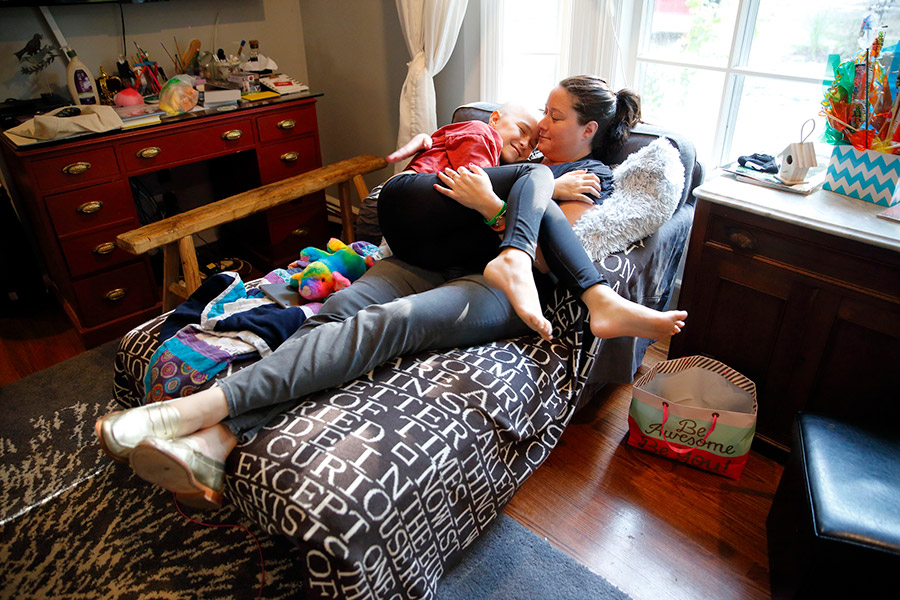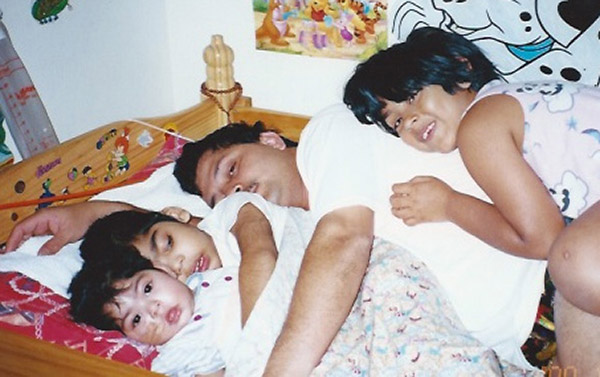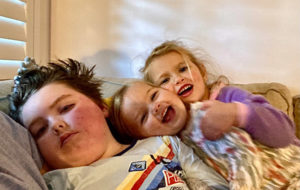Transferring a Child Requiring Palliative Care at Home for Health Professionals
Transferring a Child Requiring Palliative Care at Home for Health Professionals Paediatrics


The team involved in the transfer should meet. This can be helpful as team members involved in transferring the child home may not have been heavily involved in planning discharge in previous days due to rostering or availability. Health professionals from different services may also be working together for the first time (e.g. intensive care, palliative care, retrieval or transport services, general paediatrics).

Select where you would like to share this article
Close WindowWe recognise and acknowledge those who are working through Sorry Business, Sad News, grief and bereavement and offer our condolences and support.
Aboriginal and Torres Strait Islander peoples are advised that this website may contain images, videos and voices of people who have passed on. Some of the content and topics covered might also cause distress. You are welcome here, and we want you to feel safe and take care.
If you find that you need support please reach out to 13YARN on 13 92 76, Grief Australia, Grief Line on 1300 845 745, or Lifeline on 13 11 14.
Palliative Care Australia is located in Canberra. We acknowledge the traditional custodians of the surrounding land and waters, the Ngunnawal and Ngambri Peoples and pay our respects to Elders past and present. We extend that same respect and acknowledge the continuing cultures and contribution of Aboriginal and Torres Strait Islander Peoples across Australia.
Close